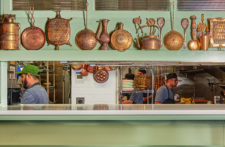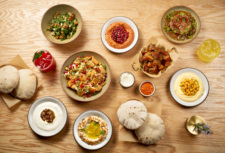
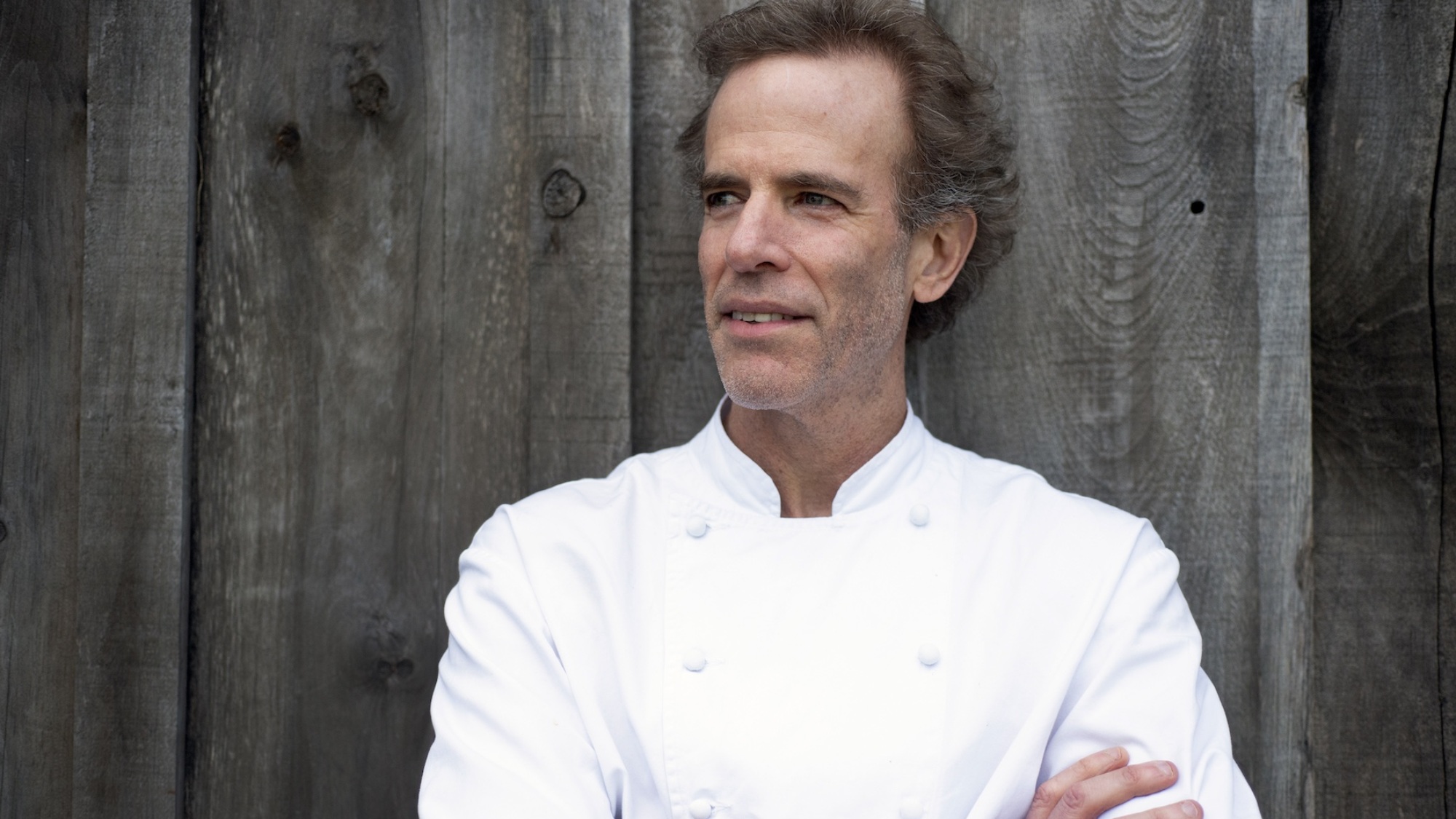
Chef Dan Barber on the Future of Food Today
For more than 20 years, chef Dan Barber has been at the forefront of farm-to-table dining, first at Blue Hill (now Family Meal at Blue Hill) in New York’s Greenwich Village, and then at Blue Hill at Stone Barns in Pocantico Hills. N.Y., which he opened in 2004. At Stone Barns, Barber grows teeny tiny vegetables and bespoke fruits (there’s even a banana tree in the greenhouse) that fill the plates inside the restaurant, but also serve as part of his larger aims to change the course of food in America.
And now, on the 20th anniversary of Stone Barns, Barber finds himself in a moment of self-reflection on Blue Hill’s accomplishments but also, the future of how and what we eat.
Note: This interview has been edited for length and clarity.

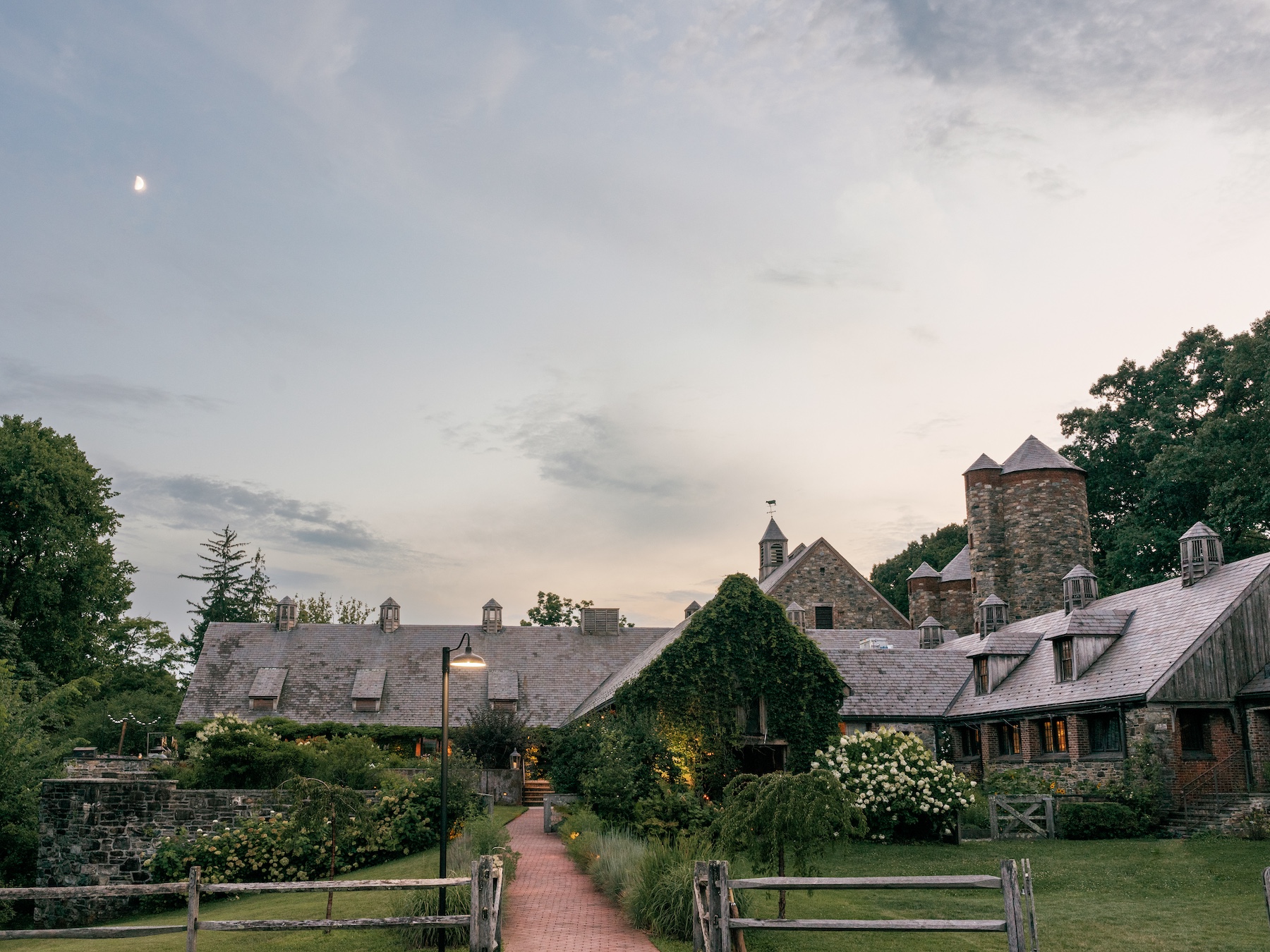
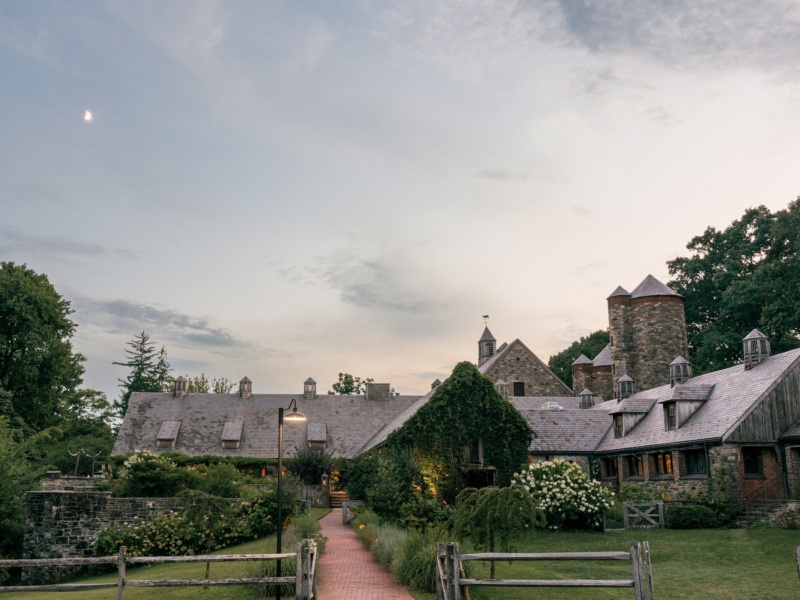
Resy: Tell me about growing up on your family’s farm — it must have played a role in what you’re doing today; you’ve even named two restaurants after it.
Dan Barber: Blue Hill Farm in western Massachusetts was started by my grandmother 60 years ago. My brother David and I converted from beef cattle to dairy. I grew up working the farm — pasturing animals, and moving fences. Most of the summers were spent haying in anticipation for the winter.
So, it wasn’t all about vegetables! I know Eliot Coleman of Four Season Farm in Maine has been influential in your thoughts about vegetables. He mentioned your book, saying, “After my first meal at Blue Hill, I paid Dan the ultimate farmer compliment. I told him that he made vegetables taste almost fresher after he had prepared them than when the farmer harvested them.” Can you tell me a little bit about how you go about working with vegetables?
Having more than a couple ingredients on a plate has always unnerved me. As a result, I search for ingredients that have jaw-dropping flavor, and it’s a no-brainer that the most delicious food comes from organic farming. Farmers who can’t spray away problems are forced into intricate negotiations with the land, resulting in diversity and complex flavors. If you’re plating food that isn’t hidden by a lot of ingredients, then you really have to make sure that that ingredient shines. It forces you to be vigilant about what you’re putting on the plate.
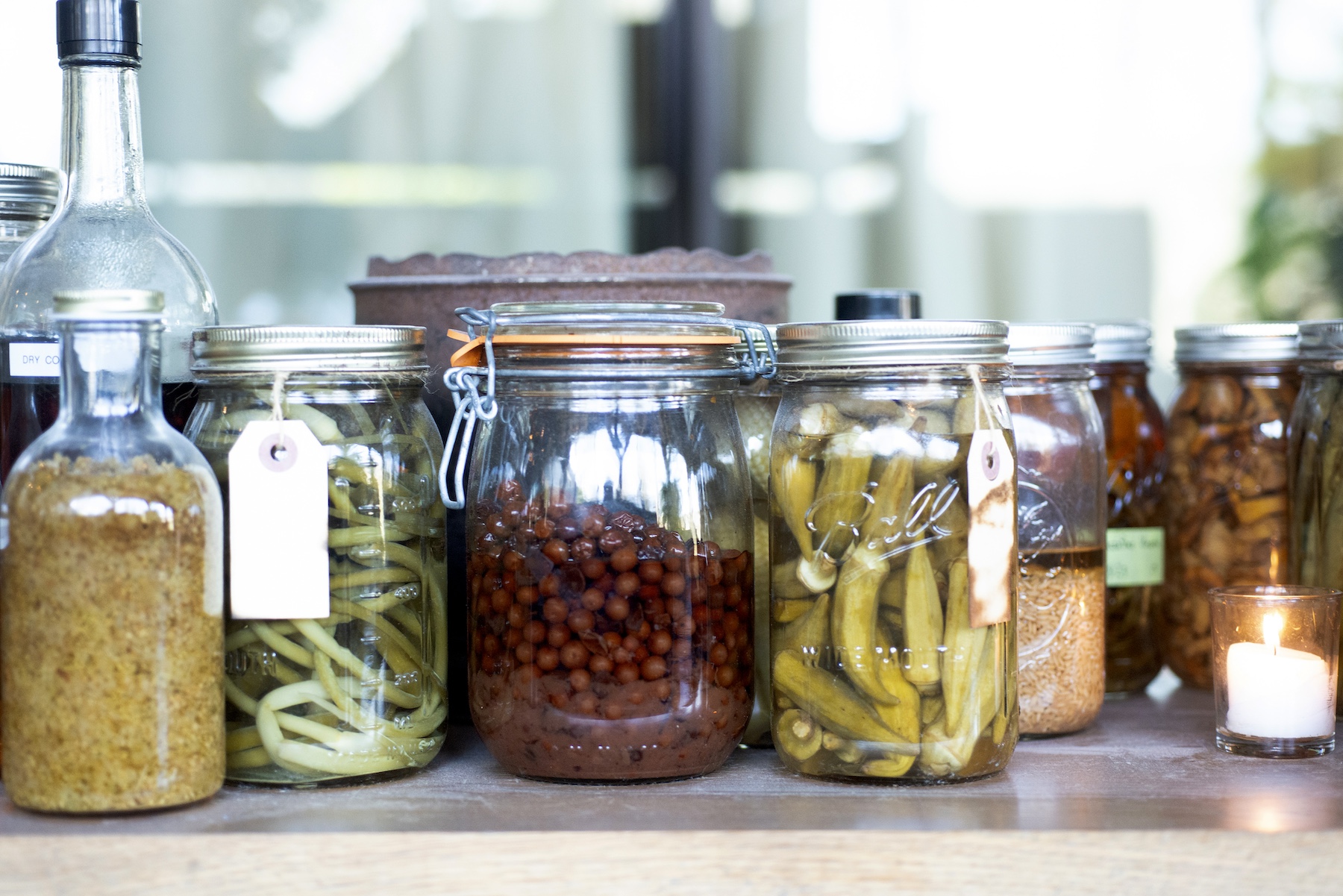
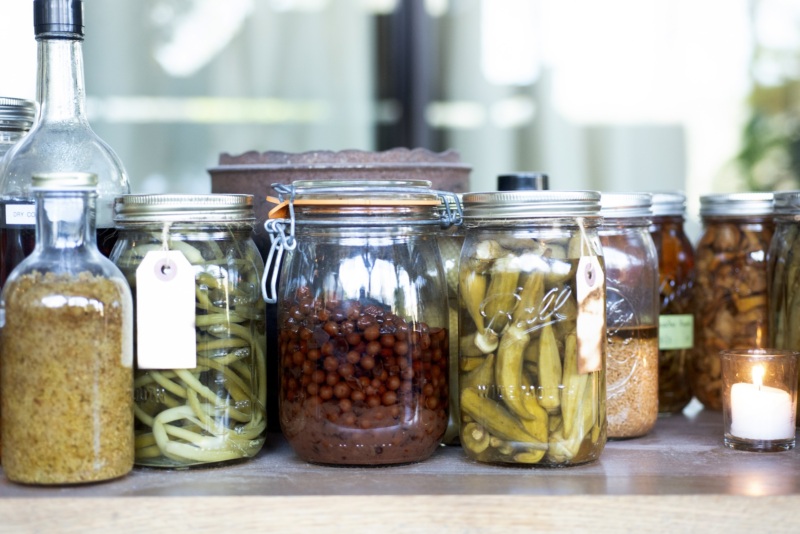
Because of your affection for vegetables, you’re often credited as being a leader in the farm-to-table movement. Is this movement really only 20 years old?
It started in this country with Alice Waters of course, but even before Chez Panisse, with Nouvelle cuisine chefs [who embraced non-classical dishes and more creative preparations and presentations in the 1970’s and early 80’s] in France. They were the ones that came out from the dungeon of the kitchen and refused to have the customer demand what the dishes were.
It took this group of chefs banding together to say, “We are individuals, we are artists, and we don’t want to be constrained by convention.” Most people associate Nouvelle cuisine with small portions on big plates. But it was actually about chefs going to the morning market and being inspired, and being allowed to create from that. People like Jean-Georges [Vongerichten], and Daniel [Boulud], and David Bouley trained under these chefs. And I am a lucky beneficiary of that legacy.
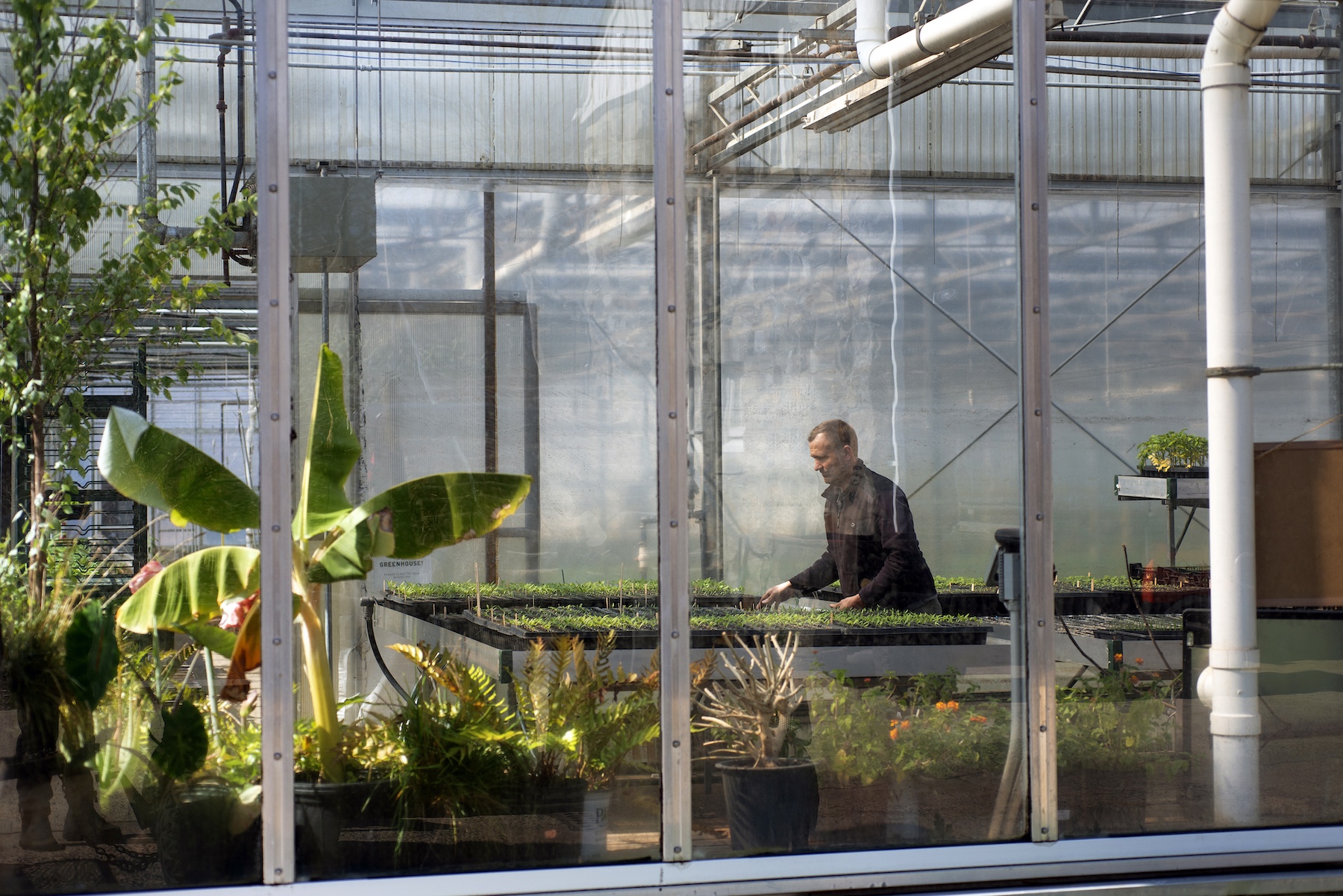
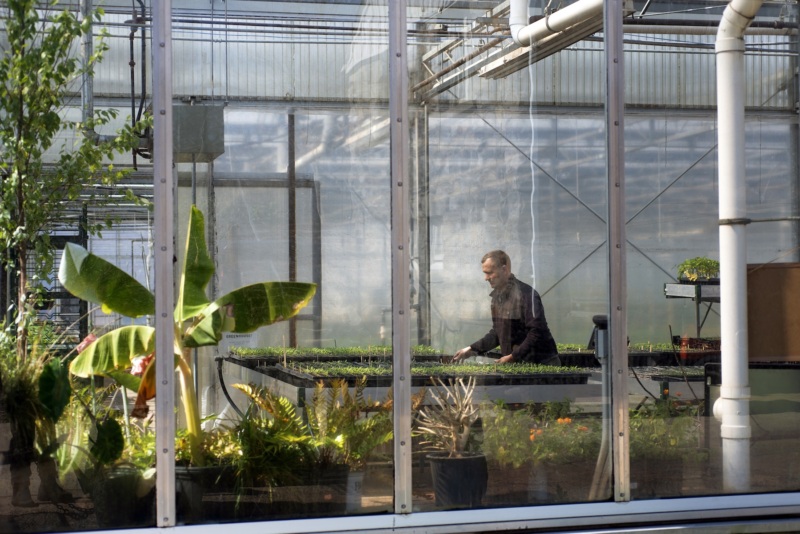
“Farm-to-table” … how do you like that term?
Not much. For two reasons: It allows people to simplify their food ethic into one opaque term. What’s “farm-to-table?” Does it mean that you shop with farmers? Does it specify a mileage you’re shopping within? Is it only organic? Does it include vertical farms if you’re in a city? I don’t love that kind of distillation. Second, I don’t think it’s a compliment. And that’s maybe the lesson of the [past] 20 years: That for all that farm-to-table has become, and how ubiquitous it is, it has failed.
How has it failed?
It started as a demonstration of the most exciting social movement in America at the time in the early aughts. You had Joan Gussow, the matriarch of “think global, eat local.” There was “Slow Food Nation” [written by Carlo Petrini]. There was “The Omnivore’s Dilemma” [written by Michael Pollan]. Wendell Berry [an American novelist and poet who writes about rural communities] became incredibly fashionable. Of course, there were the Obamas and the White House garden. These were heady times. You felt the sense that the world was about to shift. And the ugly truth is that while the farm-to-table movement had a lot of good things to say and do, big food has only gotten bigger in the 20 years.
There are more pesticides, more fungicides used than ever before. Four companies control 55 to 85% of meat distribution [in the United States]. Four companies control 60% of our food supply just in seeds alone. And on and on; it hasn’t made a dent! And our health has gotten demonstratively worse in 20 years, considering the incidence of [type 2] diabetes and obesity — all diet-related diseases. And heart disease remains the leading cause of death for Americans.

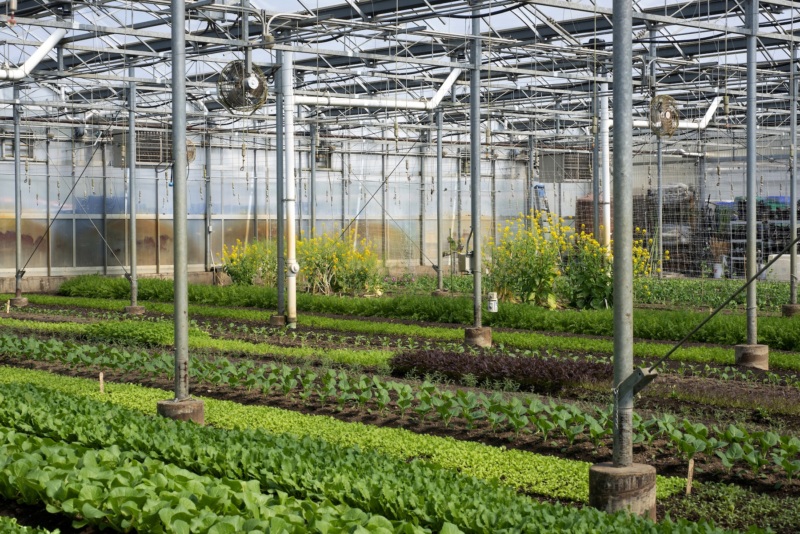
But clearly Blue Hill at Stone Barns has had an impact on how a lot of people think about where their food comes from.
Yes, we’ve influenced a lot of people who have graduated from the farm and the restaurant and gone on to practice these ideas and ideals in ways that have been very effective in communities around the world.
But at 20 years, I think we should be taking a critical look at the work we’ve done. We came into this — and it’s not just me, it’s everyone that was working on this movement — underestimating how hard this would be. I look back at that with a sense of naïveté a little bit. I don’t mean it in a hard-hearted way, I mean it in a hard-headed way. The state of agriculture in this country has gone in a direction that’s very dark.
When we opened Blue Hill, Michael Pollan’s favorite line was, “You vote with your fork — you vote three times a day” — very powerful. You can’t say that anymore. That doesn’t amount to anything anymore; the forces are so great, the system is so rigged.
A place like this has to rethink how it influences, and that’s what we’re doing.
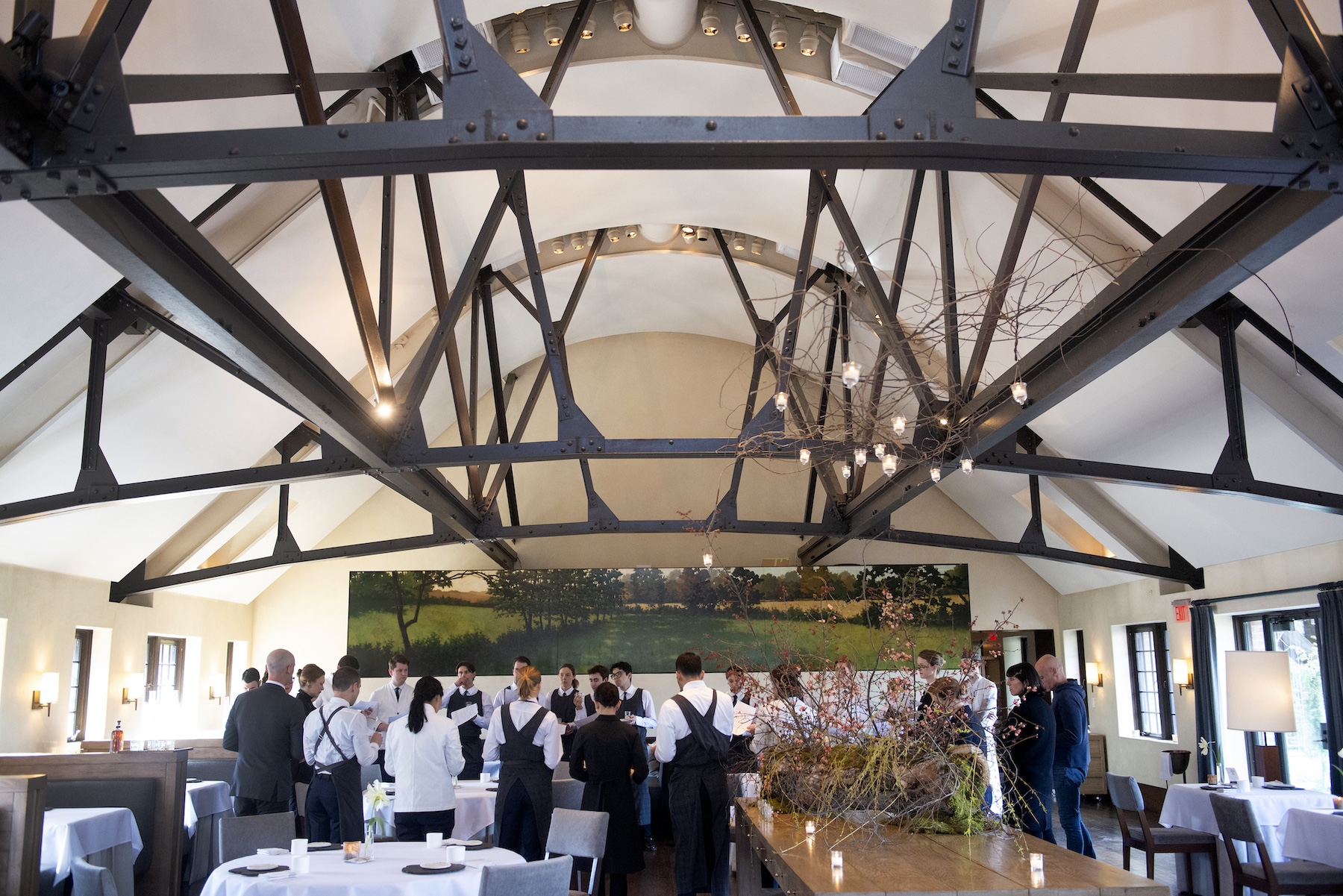
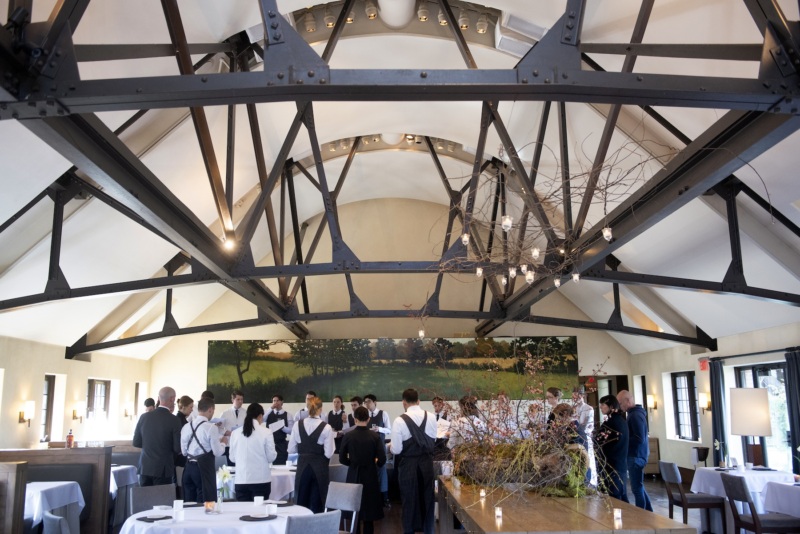
What does the menu look like today?
We don’t have menus here. Every table gets a different menu. We have a playlist. It really depends on the rhythm of the table and what they’re here for. I like that kind of freedom.
The captain comes back from meeting the table and says, “This is a table that is on a first date, and there’s another table that’s a total group of foodies that traveled from around the world, and there’s another business meeting.” The people who are adventurous, they get the offal or the head. The business meeting might get the steak cuts — they’re here for negotiation, something beyond the food. And the same goes with the field — different vegetables and preparations for different tables, based on availability.
The whole idea of a menu is part of the problem with farm-to-table. As a chef, you treat the farmer as a grocery store. “I’m going to take that salad green because I have that on my menu. And if you don’t have it, I’ll get it from California instead of being responsive.”
I’ve been in a very exalted position — we are located in the middle of a farm after all — to be able to enact that “no menu.” I’m in a very rarified position. I recognize that.
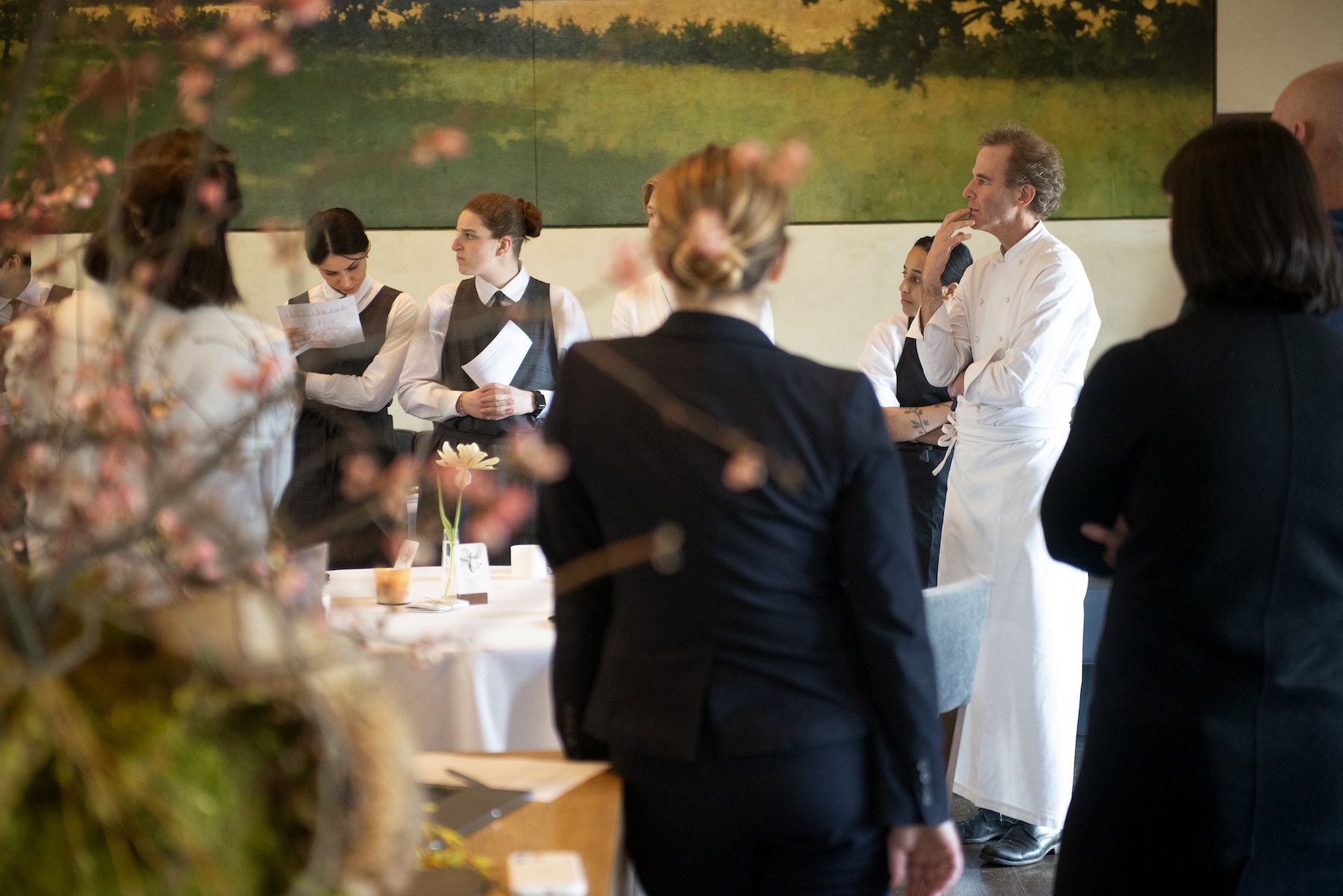
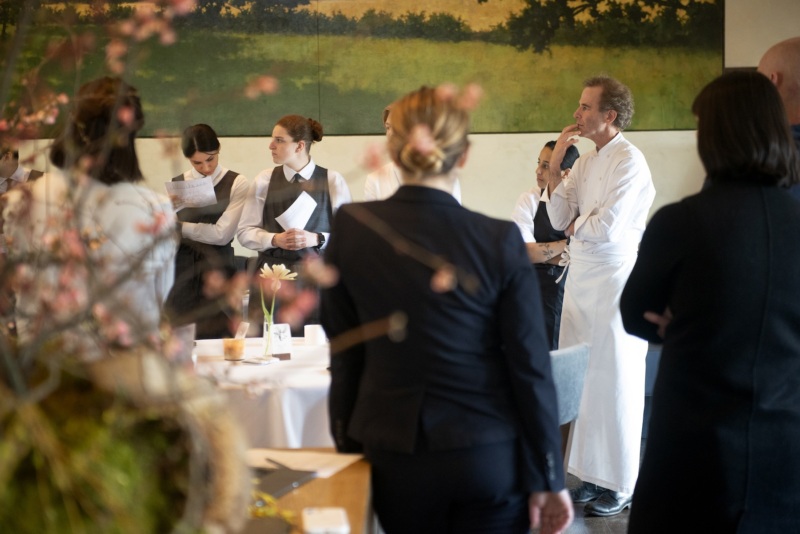
Are you still serving “Vegetables on a Fence?”
I got rid of it because too many people started talking about it. Who’s that guy that wrote “Werewolves of London”? Warren Zevon! I’m not a music guy but I find him very cerebral and fascinating — it was very close to the end of his life, and he was like, “I’ve written 10,000 incredible songs and I’m going to be remembered for a song that I wrote when I was drunk at four in the morning in a bar that took about 30 seconds to write.” I don’t want to be remembered for vegetables on a goddamn board.

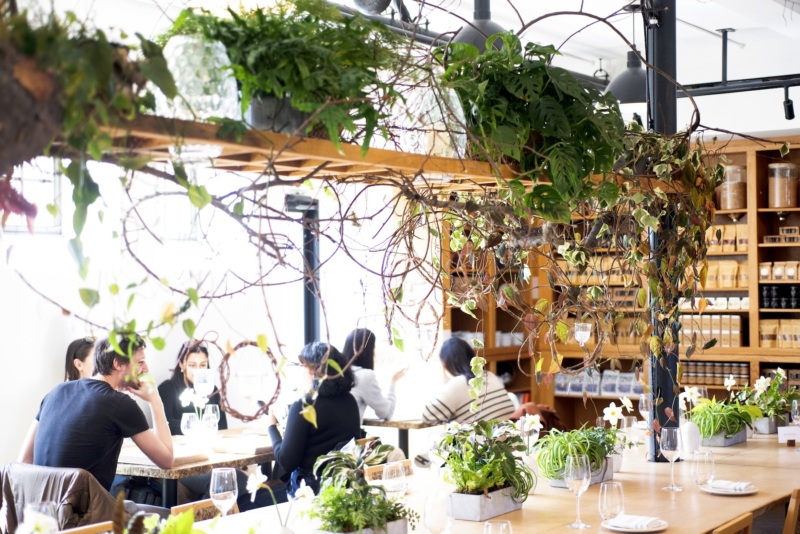
You’ve recently opened a cafeteria on the property where guests can have lunch for $42 during the week and $48 on the weekends, as opposed to $350 to $400 for dinner. How does that democratize dining?
The cafeteria is meant to be a space where visitors can taste the same ingredients we serve at Blue Hill, and for the cooks to showcase ongoing R&D focusing on regional grains and vegetables, and extending an animal to feed more people. This model takes these ideas and puts them out into the world at a price that is much more attractive.
How does your work in saving and selling something like Nash’s Rye berries that are originally from Washington state feed into that ethos of accessibility?
[For the farm-to-table model], we would have to grow it, harvest it, and the farm would have to sell it to Blue Hill to make bread with it.
[But] I think the work we need to do is this: Take that rye and select the best berries over the course of many years to make that rye “Stone Barns Rye,” a different version of that rye that is localized.

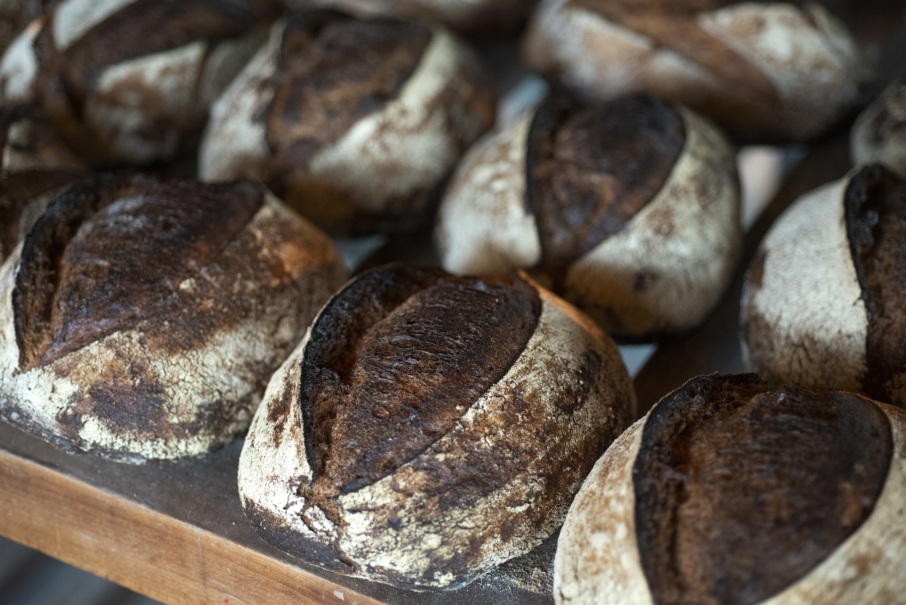
How can this type of local food program further improve our food systems?
To complete that, we [would] acclimate Nash’s Rye to this environment and this ecology, and you would have a very different rye berry, with very different characteristics. To say that it’s better would put a qualification on it; it’s not better, it’s different. That’s the direction we want to go in, [when it comes to] localizing the food economy. That goes way beyond farm-to-table. The seed is first. It takes the seed out of the hands of a corporation, and it puts it in the hands of the community.
[Right now,] I’m looking at our cover crops in the field, which keep the soil in place during the winter. During the winter, cover crops make up 70% of the farm, which means that 70% of the farm is unusable, or an economic loss; those cover crops are [purely] there to hold the soil in place, bringing back biomass and rejuvenating it for the next crop. The farm’s investing that real estate in rejuvenation. You have these rest periods with cover crops that no one can sell; that’s in large part why organic is so expensive. But for the past year, we’ve been harvesting those cover crops as salad greens. Every morning, cooks go out and harvest [those cover crops]; 30% of the field is clipped.
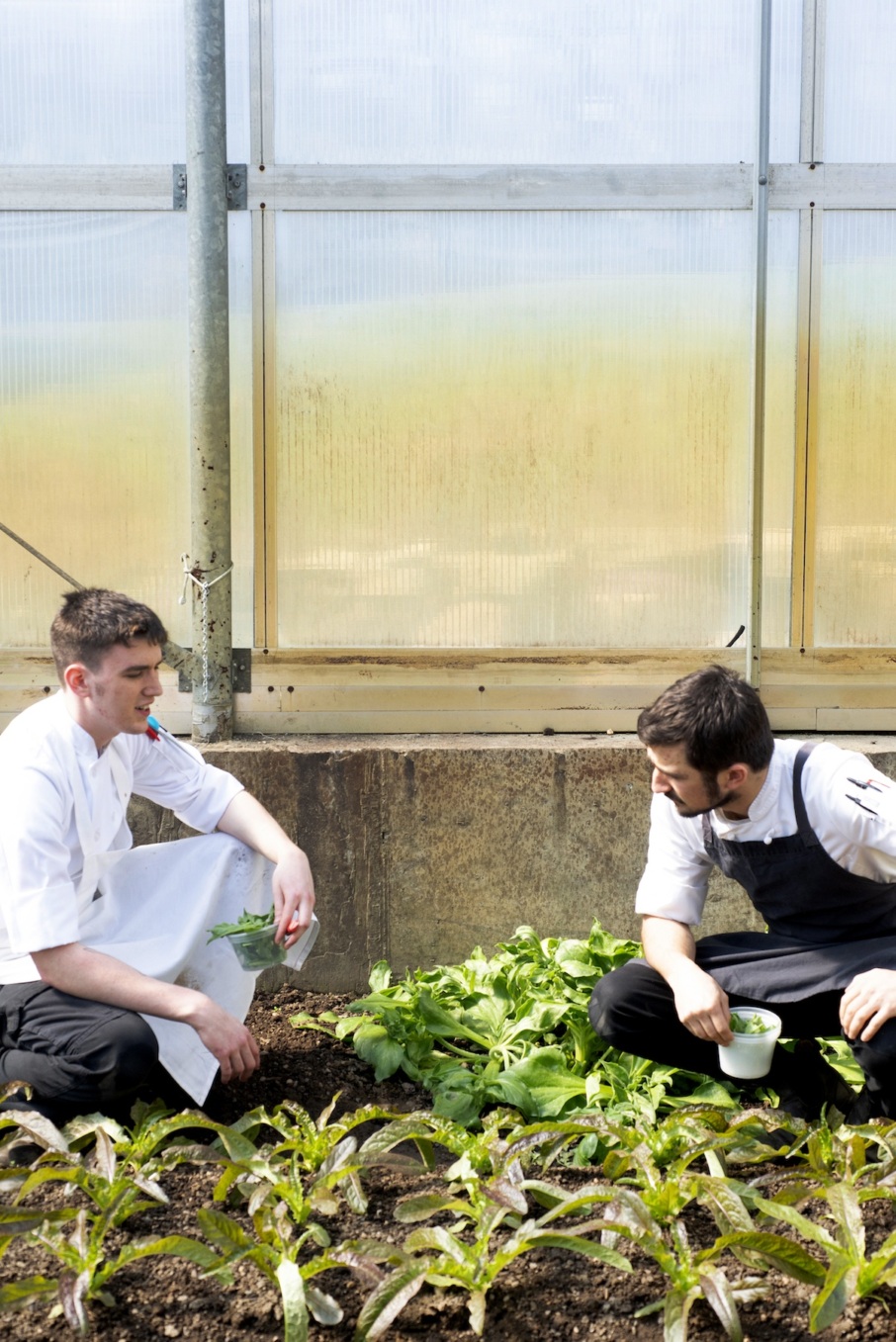
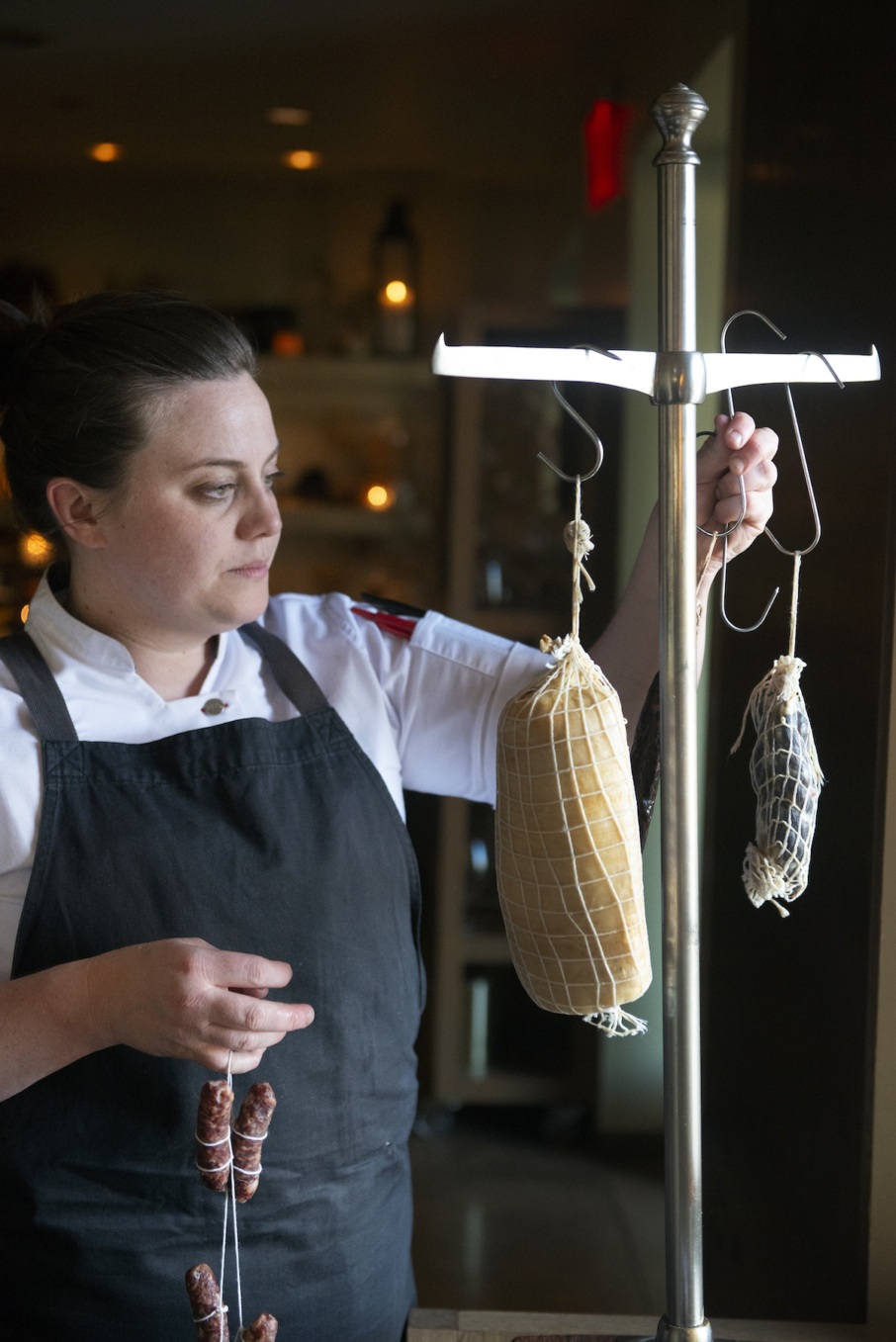
I remember the first time I ate here, many years ago. I had a salad of many greens. We could watch as the cooks actually went down to the greenhouse in the middle of the meal and clipped the greens to order. Is that an aspect of the farm that you still like to show during dinner service?
I like showing a salad made from cover crops rather than salad greens, or at least a mix of the two.
That’s a nice parable of what farm-to-table should be. You’re having something very delicious and nutritious, but you’re also not a net exporter from the farm. You’re actually improving the ecological functioning of the farm.
In this evolved, next 20 years of farm-to-table, you have to think very holistically about the farm. It’s a nose-to-tail approach to create an economy out of a lowly cover crop that supposedly isn’t edible.
We think of farm-to-table as, “Oh, that’s a lot less bad than a conventional farm” — and it is. But instead of less bad, what if farm-to-table actually improved the ecological functioning of a farm, benefited the farmer financially because the entire farm is utilized, and because the entire farm is edible, the opportunity to democratize flavor and nutrition becomes possible? What could be more delicious than that?
Michael Harlan Turkell is a food photographer, writer, and cookbook author. He most recently hosted the Modernist Pizza Podcast, and continues to explore the art, history, and science of many foodways. Follow him on Instagram and X. Follow Resy, too.
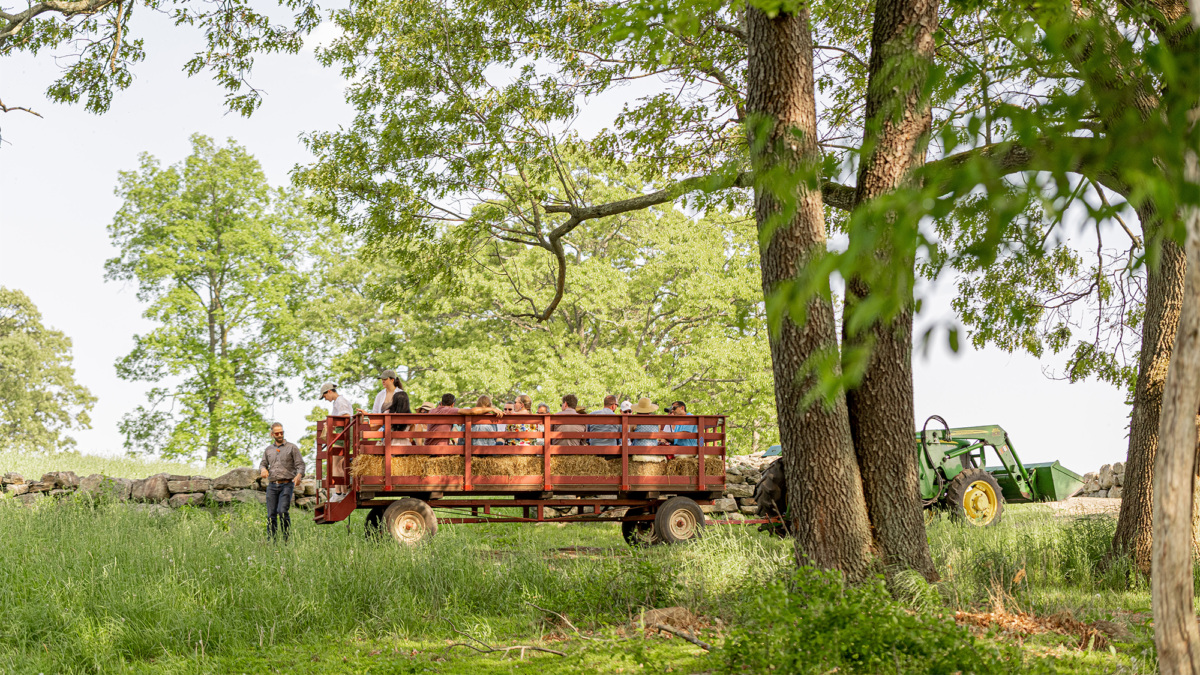
VIP Access to Blue Hill and Stone Barns’ 20th Anniversary Festival Celebration
On May 5, 2024, Blue Hill and Stone Barns are hosting a family-friendly festival to commemorate their 20th anniversary and American Express Global Dining Access members have access to a special VIP experience. Tickets go on sale on April 10 at 12 noon E.T. Terms apply.
Discover More

Stephen Satterfield's Corner Table






